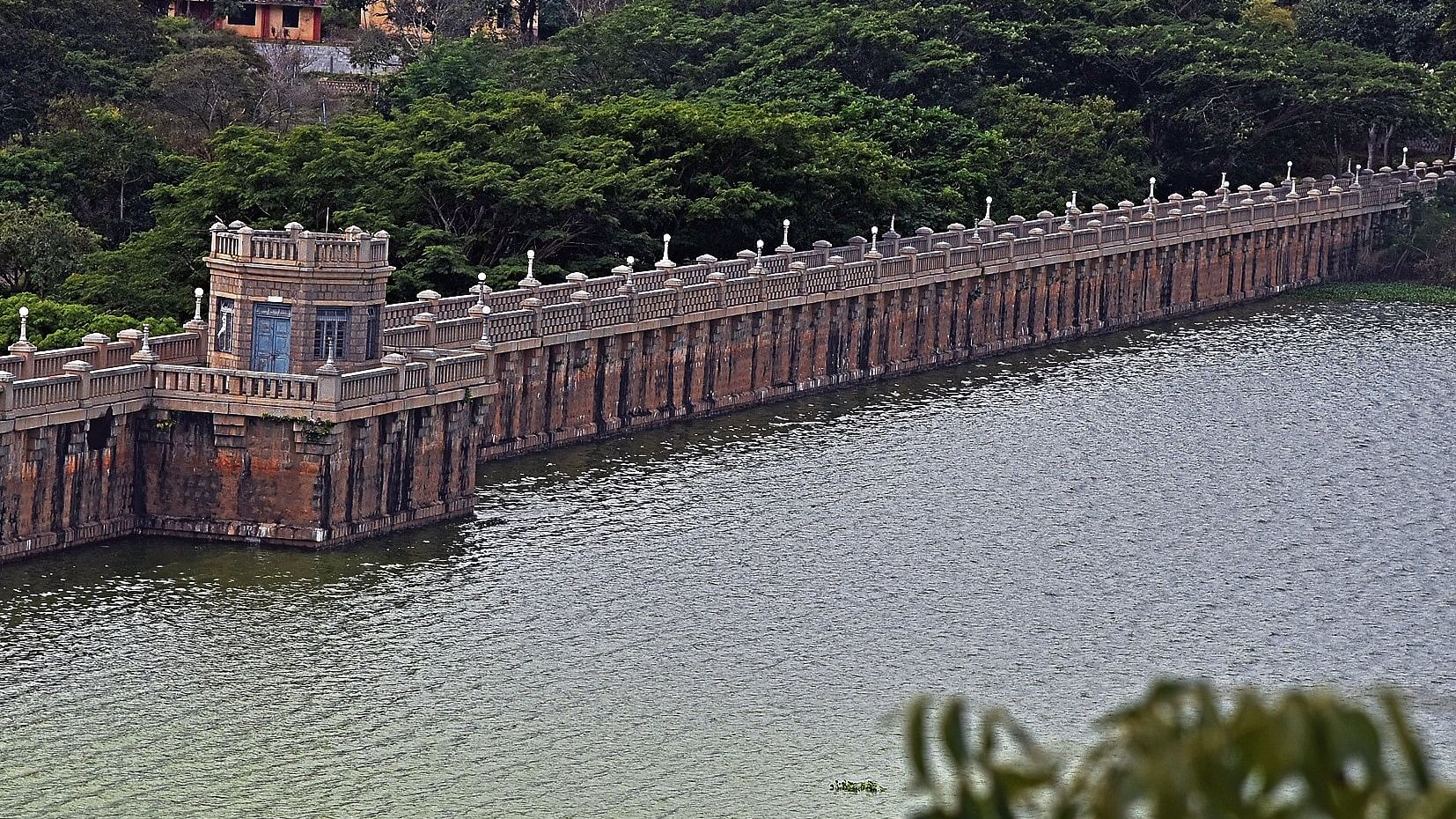
Of the 13 major reservoirs, seven had zero inflow on April 30.
Credit: DH Photo
The La Nina weather pattern has ensured that Karnataka, in the last fortnight, received above-normal pre-monsoon showers.
In a normal year, the state (between January 1 and May 21) receives 87 mm of rain. However, this year, it has received 110 mm of rainfall, which is 26% above normal. The effect of this rainfall is being felt in the water inflow to some of the reservoirs in the state.
Of the 13 major reservoirs, seven had zero inflow on April 30. However, now only four reservoirs have zero inflow. Yet, all reservoirs put together have been holding only 20% of their overall storage capacity.
According to the Karnataka State Natural Disaster Monitoring Centre, the coastal districts received pre-monsoon showers 53% above normal (actual: 141 mm; normal: 92 mm), while the Malnad region received 42% excess (actual: 181 mm; normal: 128 mm).
Even the perennially dry areas of north interior Karnataka received 32% above normal rainfall (actual: 80 mm; normal: 60 mm), while south interior Karnataka received only 4% excess rainfall (actual: 115 mm; normal: 111 mm).
Chitradurga (77%), Uttara Kannada (74%), Davangere (69%), Raichur (66%), Chikkamagaluru (60%), Gadag (57%) and Koppal (51%) have received excess pre-monsoon showers this year, whereas Kolar (-68%) received the least rainfall, along with Mysuru (-23%) and Ramanagar (-17%) this season.
Karnataka has been receiving good rainfall since May 10. The circulation wind over Tamil Nadu is bringing good rainfall in North Interior regions, while circulation winds over Kerala is helping coastal areas get pre-monsoon showers,” said C S Patil, director of the Indian Meteorological Department, Bengaluru.
He says, with the south-west monsoon having already set over the Andaman and Nicobar islands, it is predicted that monsoon can hit the Kerala coast by May 31. “We are expecting a normal monsoon this year,” he said.
The excess pre-monsoon showers have breathed life back into a few reservoirs, which had hit rock bottom owing to drought and poor monsoon last year.
Linganamakki, Supa, Varahi, Tungabhadra, Ghataprabha, Malaprabha and Almatti had zero inflow of water just a fortnight ago. However, now, except those in Krishna basin, all reservoirs are receiving water.
The Hemavathi reservoir, which was receiving 8 cusec of water on April 30 is now receiving 1,855 cusec. Similarly, inflow at KRS (1,832 cusec), Kabini (841 cusec) and Linganamakki (441 cusec) has increased over the last fortnight. Of the total 892.62 tmcft of storage capacity, the reservoirs in the state have only 180.88 tmcft of water at present.
Tungabhadra reservoir, the fourth largest reservoir in the state, has only 4 tmcft of water against its gross capacity of 105.79 tmcft.